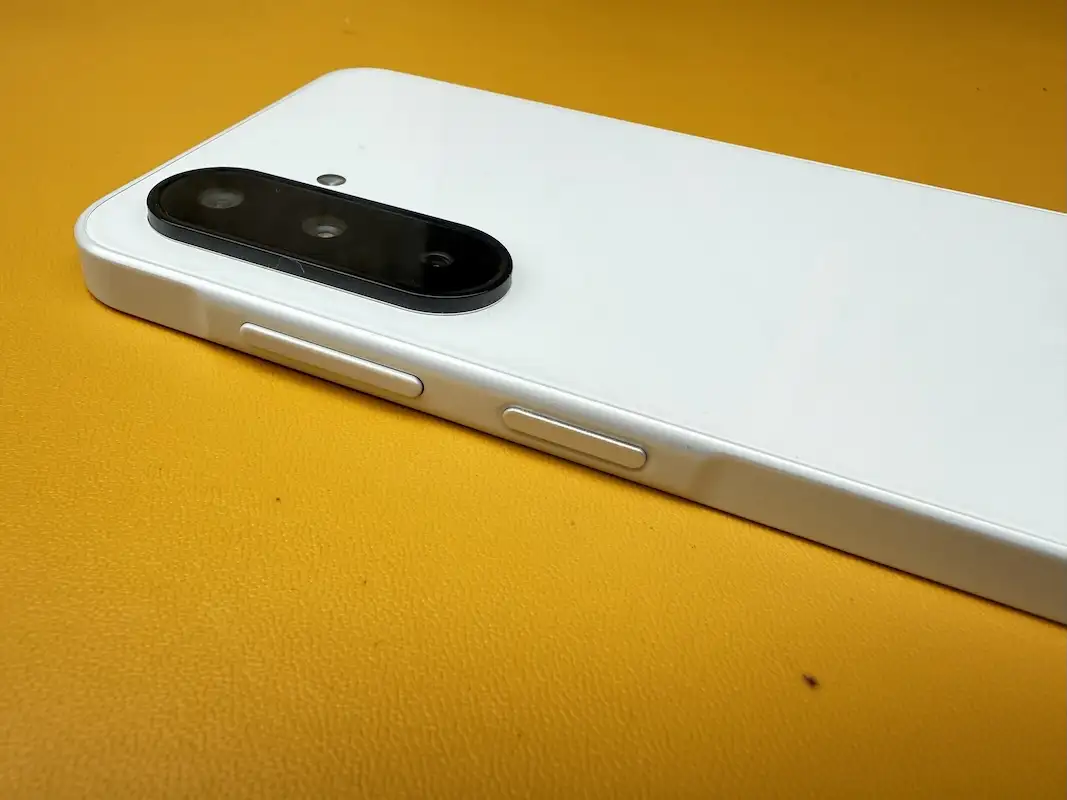Kenya’s budget smartphone market is moving fast, with brands like, Samsung, TECNO and Infinix raising expectations on performance, design, and features. The Redmi 15C offers a big battery and a trusted brand name, but it shows how value for money is becoming the ultimate benchmark for consumers making buying decisions.
Today’s entry-level smartphones in Kenya come with features that were once reserved for mid-range or premium models. Fast charging above 45W, AI-assisted photography, dual speakers, and sleek displays are now becoming standard, even in budget devices.
Phones such as the Samsung Galaxy A16, TECNO Spark 40 and Infinix HOT 60i reflect this shift. They combine affordable pricing with modern functionality, showing how brands are competing more aggressively to capture value-driven consumers. For shoppers, this means greater choice and better performance at accessible prices. For manufacturers, the challenge is clear: consumers are no longer swayed by a single spec like battery size — they want the total package.
Where the Redmi 15C Falls Short
Against this backdrop, Xiaomi’s Redmi 15C enters the Kenyan market with a familiar pitch: a large 6000mAh battery and the strength of a global brand name. While these are strong selling points, deeper tests show gaps that make it less competitive in today’s market.
Performance: The Redmi 15C handles basic tasks but feels slower than rivals during setup, app switching, and gaming. By comparison, the Infinix HOT 60i (Helio G81, up to 8GB RAM) and TECNO Spark 40 (Helio G81, up to 16GB RAM with expansion) deliver smoother responsiveness, especially for multitaskers and gamers. The Samsung Galaxy A16 runs on the more capable Helio G99 chipset, which provides extra headroom for heavier apps.
Battery and Charging: On paper, the Redmi 15C’s 6000mAh battery is larger than its peers. However, its 33W charging system takes about 1 hour 26 minutes to reach full capacity. The Spark 40 (5,200mAh, 45W fast charging) and HOT 60i (5,160mAh, 45W) are faster to top up, making them more convenient for users with busy routines. The Galaxy A16 carries a 5,000mAh battery with 25W charging, offering balanced endurance but slower charging than the TECNO and Infinix options.
Design and Display: At 205g, the Redmi 15C is heavier than most competitors. Its waterdrop notch display feels dated compared to modern designs. The Spark 40 and HOT 60i both feature 6.67-inch and 6.7-inch punch-hole LCD displays with 120Hz refresh rates, offering a smoother, more contemporary look. The Galaxy A16 steps up with a 6.7-inch Super AMOLED screen at 90Hz, providing richer contrast and colors, which is a rare strength in this segment.
Features: The Redmi 15C lacks extras like dual speakers, AI camera tools, or an infrared blaster. By contrast, the HOT 60i includes stereo speakers and IP64 splash resistance, while the Spark 40 offers HiOS 15.1 with newer AI-based tools for photography. The Galaxy A16 adds IP54 resistance and an ultra-wide camera, enhancing its feature set.
Consumer Perception: Online feedback highlights that the Redmi 15C feels too similar to its predecessor, with minimal upgrades beyond the larger battery. In a market where every generation is expected to bring tangible improvements, this perception weakens its appeal on value.
Value for Money: The Deciding Factor
What stands out most in this competitive landscape is how value for money is now being measured. It is no longer enough for a phone to promote one standout feature, like a large battery. Kenyan consumers are weighing performance, charging speed, design, features, and reliability together.
Here, the Samsung Galaxy A16, TECNO Spark 40and Infinix HOT 60i deliver more rounded packages. The Spark 40 and HOT 60i bring fast 45W charging and high-refresh-rate displays into the entry segment. The Galaxy A16 combines Samsung’s ecosystem reliability with an AMOLED screen and stronger build credentials. Together, they demonstrate how much competition has reshaped the expectations for budget smartphones.
Conclusion: A Market That Rewards Innovation
The Redmi 15C is not without strengths. It benefits from Xiaomi’s reputation for affordability and offers a large battery that appeals to light or moderate users. But when measured against today’s value-for-money benchmark, it lags behind rivals that combine modern displays, faster charging, and practical extras.
Kenya’s budget smartphone market is no longer defined by single specifications. Instead, it is shaped by how well devices balance price with features that make a real difference in everyday life. In this race, the TECNO Spark 40, Samsung Galaxy A16, and Infinix HOT 60i show how brands are responding to rising expectations with devices that feel modern, practical, and competitive.
For consumers, that means better choices than ever before. For manufacturers, it signals an industry where innovation at every level is not optional, but necessary.
Also Read: Samsung Launches Galaxy A17 and Buds Core in Kenya

